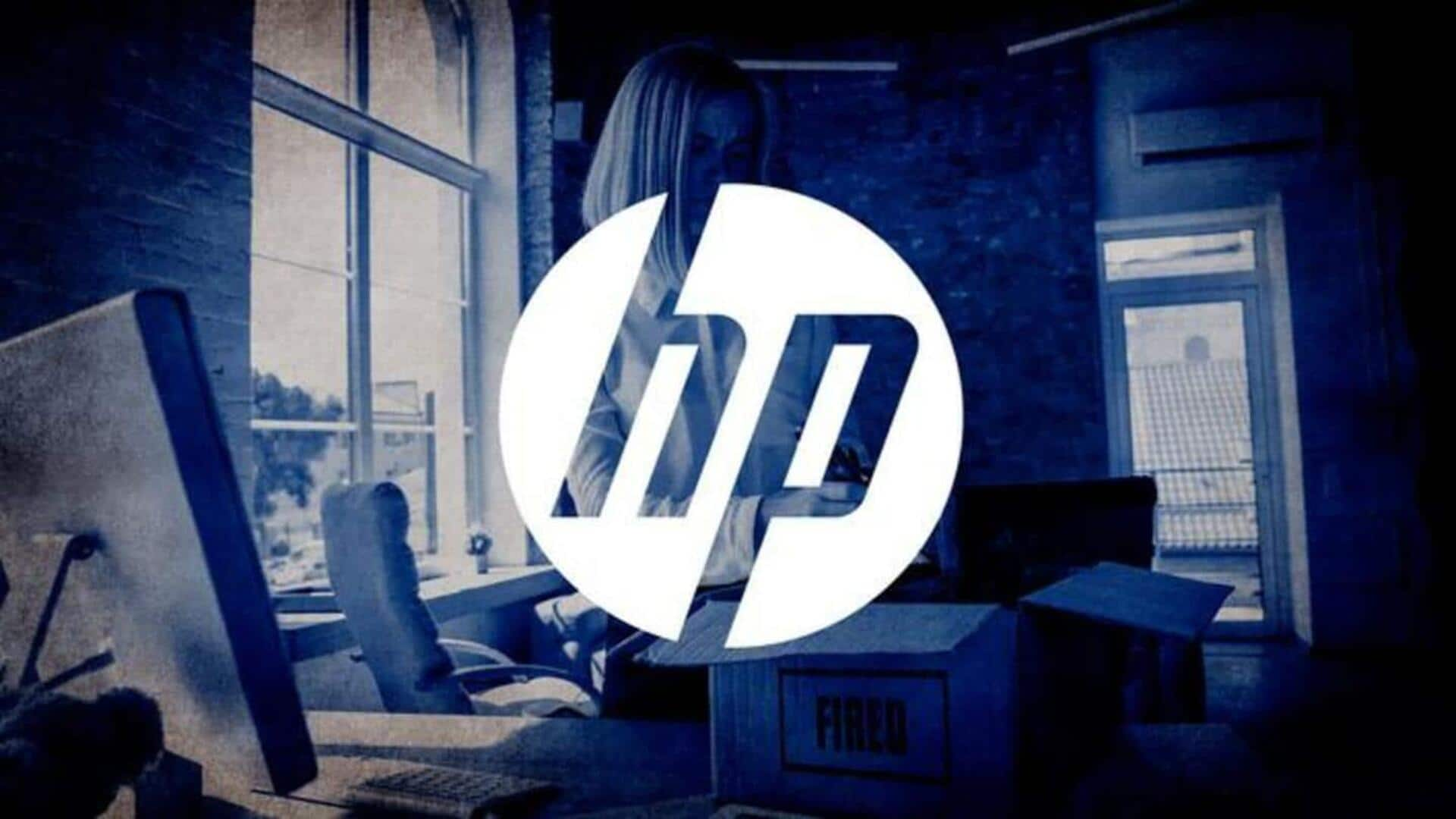
HP to cut 6,000 jobs amid rising costs, weak demand
What's the story
HP has announced plans to cut its global workforce by 4,000-6,000 employees. The move is part of a long-term restructuring strategy that will continue until fiscal 2028. The decision comes as the company faces higher costs due to US trade policies and rising memory prices, along with a weaker-than-expected outlook for the new fiscal year.
Financial forecast
HP's fiscal 2026 outlook falls short of market expectations
Despite a 4% rise in quarterly revenue to $14.65 billion and a slight increase in net income to $795 million, HP's fiscal 2026 outlook has disappointed Wall Street. The company expects adjusted earnings per share between $2.9 and $3.2, lower than the market's estimate of $3.33 per share. HP attributes this pressure partly to new trade rules that are increasing operating costs.
Business divisions
HP's personal systems and printing segments show mixed performance
HP's personal systems division, which includes its PC business, grew 8% year-on-year to $10.35 billion, beating expectations. However, the printing segment saw a 4% decline to $4.3 billion as customers postponed upgrades amid competitive pricing pressures. The company hopes that Microsoft's discontinuation of Windows 10 will prompt more users to upgrade their hardware. So far, around 60% of HP's installed base has moved to Windows 11.
Cost-cutting strategy
HP's restructuring plan aims for significant savings
The restructuring plan is expected to save at least $1 billion annually by the end of fiscal 2028. HP will incur around $650 million in charges, with $250 million hitting in fiscal 2026. CEO Enrique Lores stressed that AI remains a priority for the company, which sees a major opportunity to embed it across its products and workflows.
Market performance
HP's shares underperform S&P 500 amid rising component costs
HP's shares have fallen 25% this year, significantly underperforming the S&P 500 index, which is up by 15%. Rising component costs are squeezing margins with memory alone accounting for as much as 18% of a typical PC's cost. The company is taking aggressive actions such as qualifying lower-cost suppliers and reducing memory configurations to mitigate these challenges.